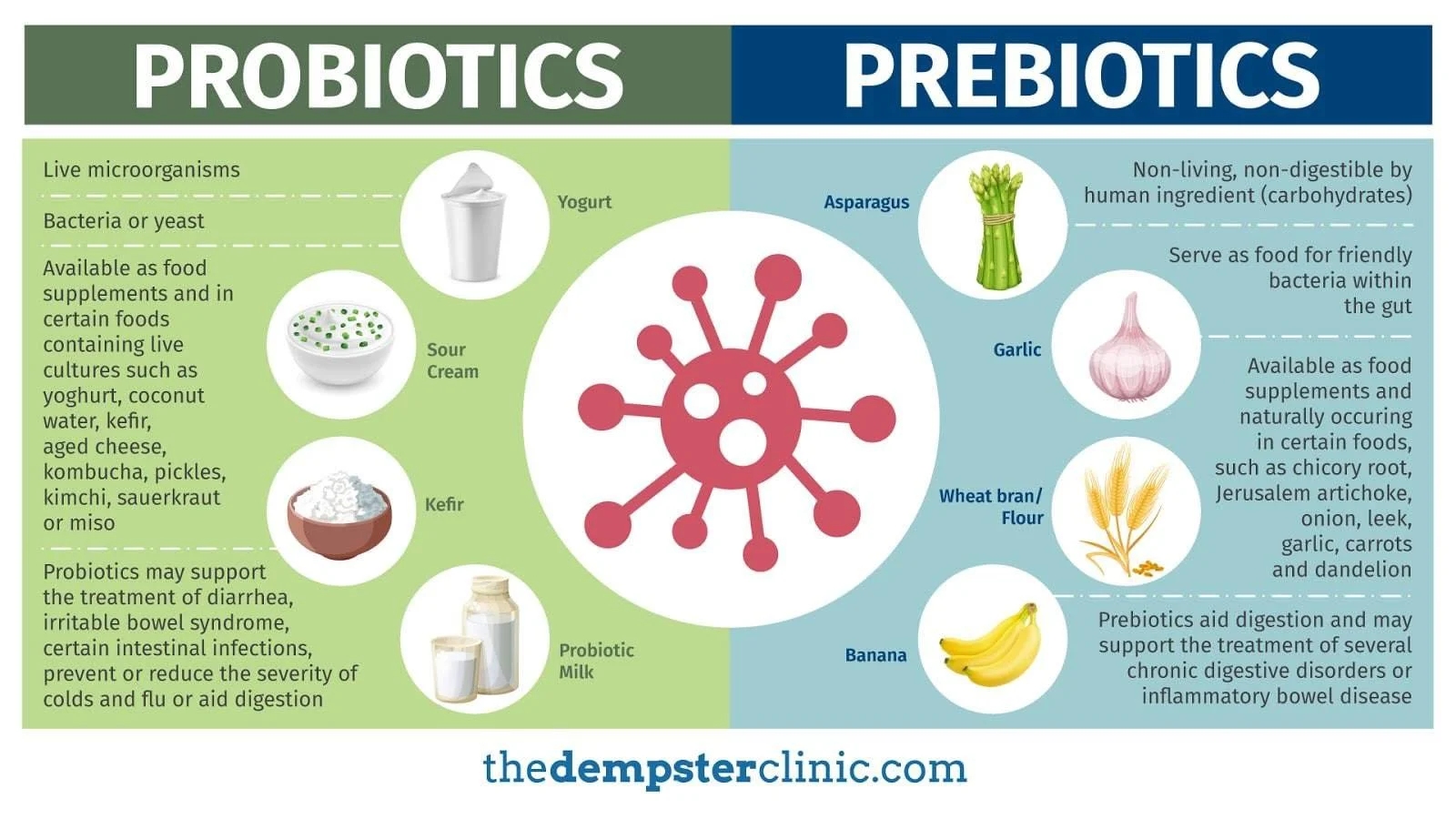Probiotics vs. Prebiotics: A Guide to Choosing the Right Gut-Boosting Ingredient for Your Beverage or Snack Food
In the realm of health and wellness, gut health has taken center stage. The dynamic duo of probiotics and prebiotics are often hailed as the heroes behind a balanced and happy gut. But what exactly are these ingredients, and how do you choose the right one for your beverage or snack food product?
Probiotics: Nurturing the Gut Microbiome
Probiotics are living microorganisms that, when consumed in adequate amounts, offer potential health benefits, particularly for the digestive system. These friendly bacteria colonize the gut and help maintain a balanced microbial environment, supporting digestion, immune function, and even mood.
Benefits of Probiotics:
Improved digestion and nutrient absorption
Enhanced immune system response
Potential reduction of gastrointestinal discomfort
Regulation of gut-brain communication
Prebiotics: Feeding the Good Bacteria
Prebiotics, on the other hand, are non-digestible fibers that serve as food for the beneficial bacteria already present in the gut. Think of them as a nourishing buffet for the gut microbiota. By fostering the growth of these good bacteria, prebiotics indirectly contribute to a healthier gut environment.
Benefits of Prebiotics:
Increased growth of beneficial bacteria
Improved gut barrier function
Enhanced mineral absorption
Regulation of blood sugar levels
Choosing the Right Ingredient for Your Product:
Probiotics:
Ideal Products: Dairy-based beverages (yogurts, kefir), fermented foods, and probiotic shots.
Considerations: Probiotics are sensitive to heat and processing. Ensure your production methods do not compromise the viability of these live cultures.
Strain Selection: Choose clinically studied strains with documented health benefits. Lactobacillus and Bifidobacterium species are commonly used.
Prebiotics:
Ideal Products: Snack bars, granola, smoothies, and fiber-rich beverages.
Solubility: Opt for soluble fibers like inulin, chicory root fiber, and resistant starch. These are easily incorporated into various formulations.
Dose: Aim for an appropriate dosage of prebiotics to achieve desired gut health benefits. Consult with nutrition experts to determine the optimal amount.
Marketing Transparency and Regulatory Considerations:
When incorporating probiotics or prebiotics into your product, ensure you communicate their benefits transparently. Compliance with labeling regulations is crucial to avoid misleading consumers.
Probiotics and prebiotics play distinct yet interconnected roles in promoting gut health. The choice between these ingredients depends on your product's characteristics, formulation, and desired health benefits. While probiotics bring live cultures to the gut party, prebiotics provide the sustenance needed for a thriving microbial community.

